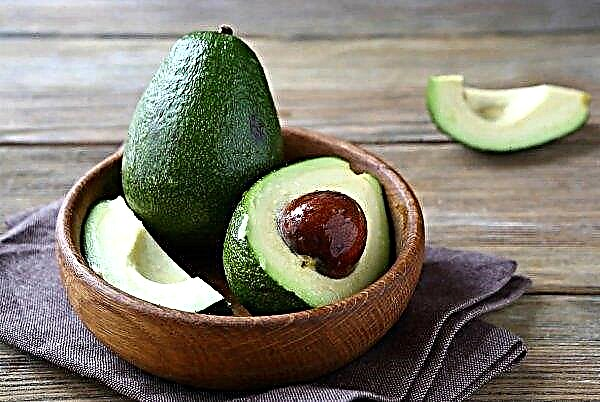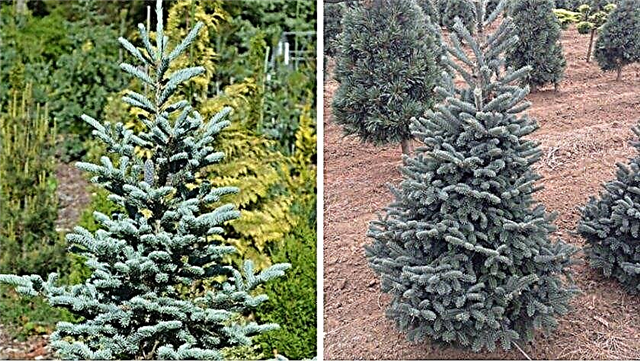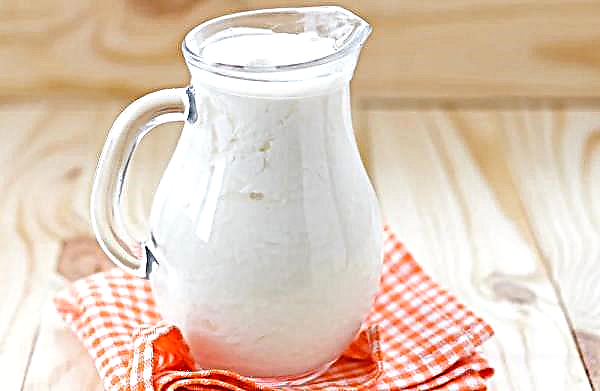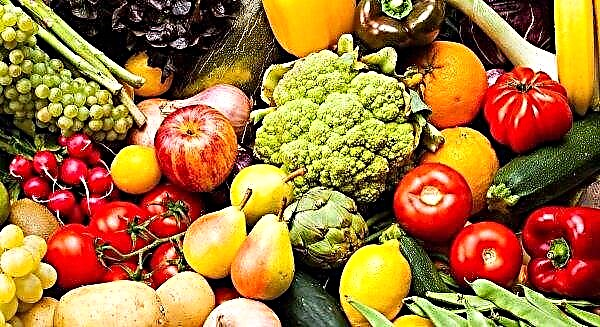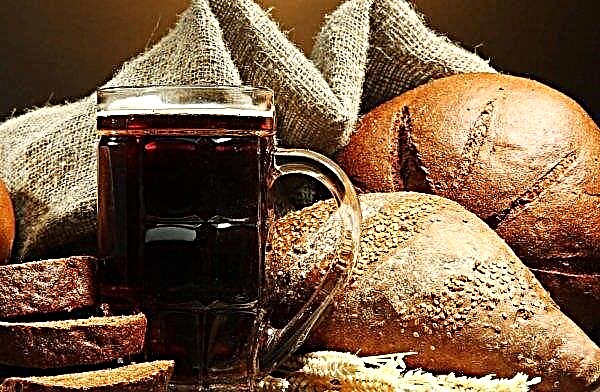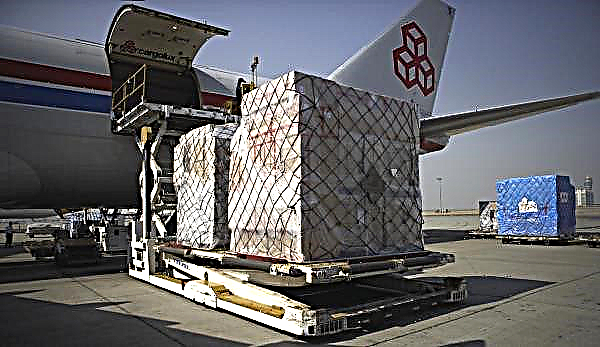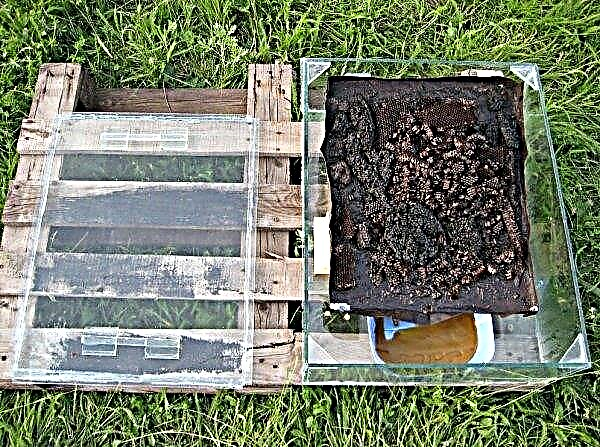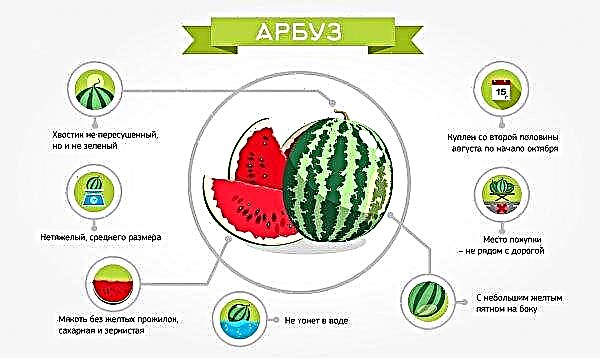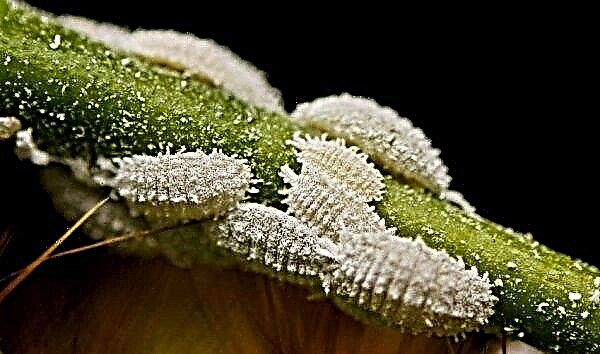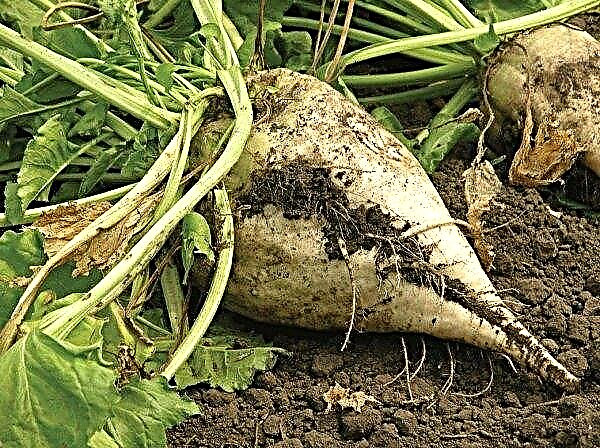Buckwheat is a valuable cereal crop. When grown, it does not require special care. This plant is capable of producing abundant crops without top dressing and does not require frequent weeding, since weeds grow weakly near this crop. The article contains tips on how to properly grow this crop.
Biological features of buckwheat
Before embarking on the technology of growing buckwheat, you should get to know her more closely, learn about its biological characteristics and preferences regarding the growing conditions.
 Buckwheat is a genus of annual or perennial herbaceous plants, which is classified as a buckwheat family.
Buckwheat is a genus of annual or perennial herbaceous plants, which is classified as a buckwheat family.
Their stems grow to 10–80 cm in height. They are unabashed, erect. The leaves are alternate. They have an arrow-triangular or arrow-ovoid shape. The root system of this culture is pivotal. It develops poorly. Deepens into the ground by 40-50 cm.
During flowering, buckwheat forms flowers with a five-parted perianth of yellow-green or light pink color. After flowering, nut fruits are formed having a length of 4.5–6.5 mm. Under natural conditions, the described culture grows in East and Southeast Asia.
Did you know? Buckwheat probably came to Europe during the Mongol-Tatar invasion. Therefore, it is often called the Tatar.
Types of buckwheat for planting
28 species are included in the buckwheat genus. In terms of economic importance, the most interesting is buckwheat (ordinary, edible). She is a good honey plant, it is used for food by people and animals. The plant reaches a height of 15–70 cm.

In young specimens it is colored green, in mature ones it is reddish green. Flowering of this variety occurs in June - July. The flowers are painted white or pink. The fruits ripen in August - September. These are trihedral brown or gray nuts.
There are a huge number of cultivated buckwheat varieties. About 60 are cultivated in Russia alone. Among the most popular — Bogatyr, "Slav", and, "Kazan" and others. If desired, you can cultivate another type of buckwheat - Tatar. Its fruits are not valuable for human nutrition. They are used only for feeding animals. In general, Tatar buckwheat is considered a weed.
Did you know? Buckwheat is superior to all other cereals in the content of amino acids such as lysine and methionine, as well as vitamin B9. It is absorbed by the human body by 78%.
Site selection and soil preparation
The described culture is capricious in terms of temperature and humidity conditions of growth. She loves warmly. Therefore, before planting it, you should choose a well-lit area, sheltered from the winds.
- The best areas for cultivating buckwheat are:
- Ukraine;
- Belarus;
- central chernozem and southern non-chernozem lands of Russia;
- forest-steppe zone of the Volga region;
- Ural;
- western part of Siberia;
- Far East;
- Northern part of Kazakhstan.
In the northern regions of Russia, buckwheat has poor yields due to low temperatures. The same situation is observed in the southern areas, but already due to insufficient moisture.

The soil for the successful cultivation of the described plant must be fertile. In terms of mechanical composition, loams and sandy loams with a neutral level of acidity are ideal for it. If the site is too acidic, then this problem can be solved by adding slaked lime (0.5 kg / m²).
Site preparation should be attended to in the fall. It must be cleaned of plant debris and dug on a bayonet shovel. Phosphorus and potassium fertilizers should also be added.
In the spring, it is not worth digging the site to save the necessary moisture. It is important to keep snow on it for as long as possible. Digging may be required only for too dense and moist ground. At the same time, nitrogen-containing mixtures are introduced.
Good and bad predecessors
As with planting any crop, when sowing buckwheat, the crop rotation rules should be observed, i.e., place it only on the site where plants that belonged to it in the same family, which have common diseases and pests, did not grow before.
According to them, buckwheat should be planted after crops that tend to improve the condition of the soil. These are legumes and winter crops. Good precursors for the described plant are potatoes, corn, beets, winter wheat, flax, lupine. Unsuccessful choice of a place to sow buckwheat where spring cereals, sunflower, sorghum previously grew.

Seed preparation and sowing dates
When choosing planting dates, it should be borne in mind that buckwheat seeds germinate at a temperature of + 6 ° C. Shoots appear when the soil warms up to + 15 ... + 20 ° С. The exact time for sowing the cereal crop will depend on the climatic conditions that are observed in the growing region.
The best time is the 20th of May. The main condition is the absence of a threat of return frosts. The soil temperature at a depth of 10 cm should not be lower than + 12 ° C.
If you focus on folk methods of choosing the timing of planting, then buckwheat should be sown at about the time when alder and lilac blooms. Seeds for planting should be selected only those that are zoned for the climatic conditions of the region.
Important! When choosing sowing dates, you should be guided by the fact that during flowering and fruit setting, which occurs about 40 days after placing the seeds in the ground, the daily air temperature should be kept at + 25 ° С.
Correct preparation of seed material, which consists in such measures, can increase productivity:
- Select large and heavy specimens.
- To prevent the development of diseases, the seeds should be treated with fungicides.
- Treat with micronutrient fertilizers containing molybdenum ammonium or boric acid.
- 5 days before placement in the soil, pour out planting material on a dry horizontal surface in a room that is well lit and where there is no increased humidity.
Buckwheat sowing
The yield of the described culture, in addition to taking into account the terms and conditions of planting, depends on several more factors. Correctly selected sowing pattern helps to increase this indicator. You can also increase it by laying the seeds at the recommended depth. Another factor affecting buckwheat productivity is the seeding rate.
Video: buckwheat sowing technology
Sowing pattern
The choice of sowing scheme depends on the composition of the soil and the characteristics of the site. If the land is poor and there are few weeds on it, then the aisles should be made of 7.5-15 cm. When sowing in mineral-rich and heavily clogged soil, the distance between the rows is increased to 45 cm.
Young shoots are very sensitive to lower temperatures, even when the temperature drops to zero, the flowers can die completely, and at -6 ° C the whole plant. Therefore, it is important to cover the first time with a film or agrofibre.
Seeding rate and productivity
Sowing rates and the sowing scheme should be selected depending on the climatic conditions in the region, soil composition, and the possibility of taking care measures.

The dependence of the productivity of cereal crops on the sowing pattern and seeding rate can be traced by the figures given in scientific studies. So, with a sowing rate of 80 kg / ha and ordinary sowing, it is possible to achieve a crop of 9.1 c / ha. With wide-row sowing with a norm of 60 kg, the yield is 12.6 c / ha, with a norm of 40 kg - 12.2 c / ha.
Thanks to research, today it is believed that the buckwheat yield is positively influenced by the wide-row method of sowing. This provides more opportunities for the formation of a strong root system that better provides nutrition to the entire plant.
A wide-row method allows to increase productivity by 1.5–2 kg / ha and to save seed material. It is important to understand that with this sowing it is necessary to spend more energy on caring for the plant, in particular, on the processing of row-spacings. If there are no people and time for this, then it is better to land in an ordinary way.
Seeding Depth
Sowing depth depends on soil composition. 3-5 cm seeding is recommended in heavy soil. If planting is carried out in loose soil, where the top layer often dries, the seed placement depth should be 5-8 cm. After planting, the beds should be well watered, rolled and leveled .
Care after sowing
The life cycle of a plant includes 2 stages. The first one is vegetativewhen the development of the root system, shoots, leaves. Second - generative, which includes the formation of buds, inflorescences, fruits. Depending on what stage buckwheat is in, it needs different care measures and conditions.

Fertilizer and fertilizing
Buckwheat responds well to fertilizer application. After the first leaf appears and before the budding phase, it is recommended that foliar fertilizing with nitrogen-containing fertilizers and growth regulators be performed.
At the beginning of flowering, planting with boric acid should be fed. After flowering, fertilizer application is no longer necessary. It is forbidden to feed the described culture with chlorinated fertilizer, as well as manure. This will negatively affect its growth and development.
Loosening
Loosening is an important care procedure. It should be produced after each watering and rainfall. It is important to regularly loosen the aisles before closing occurs. This procedure prevents the formation of a hard crust on the soil surface, which prevents the normal flow of moisture and oxygen to the roots.
 In the middle of July it is recommended to carry out an earthing up. This will help form a strong root system and increase plant productivity.
In the middle of July it is recommended to carry out an earthing up. This will help form a strong root system and increase plant productivity.
Watering
At the time of vegetation, namely, sowing and emergence of seedlings, buckwheat does not require much moisture - the reserve in the soil should be about 25 mm. However, from the period of bud formation, this need has increased and increased by more than 2 times. In this way, in the soil layer to a depth of half a meter, the moisture supply should be 60–90 mm.
The formation of 1 g of dry mass of the plant needs 500-600 g of water. It is especially important that the crop receives enough moisture in the first half of flowering, when the stem grows actively and lateral shoots are formed.
Important! Lack of moisture during flowering can lead to a decrease in buckwheat yield by 40%.
Diseases and Pests
With poor-quality pre-sowing cultivation of the soil, errors during sowing and care, the described cereal crop can infect diseases and attack harmful insects. In order to get rid of them faster and easier, you need to make a diagnosis based on the symptoms in time and choose the right treatment methods.
Symptoms of diseases and pests, as well as ways to get rid of them can be found in the table:
| Name of disease or pest | Symptoms of lesion | Treatment methods |
| Late blight | brown spots on stems and leaves | Processing Bordeaux liquid (1%). |
| Peronosporosis | yellow blurry spots on foliage | The use of a suspension of colloidal sulfur (1%). |
| Gray rot | brown spots on the stem and root neck | Spraying with Bordeaux liquid (1%) or another copper-containing agent. |
| Aphid | yellowing of foliage; deformation of stems and leaves | Processing with ash and soap solution. The use of systemic insecticides. |
| Flea | leaf damage | Treatment with systemic insecticides. |

In order to prevent infection, it is necessary not to ignore preventive measures, namely:
- In autumn, clean the area of plant debris.
- Make a deep dig in the autumn period on the bayonet of a shovel.
- Remove weeds in a timely manner.
- Observe crop rotation rules.
- Choose resistant varieties for sowing.
- Fertilize on time.
- Do not plant nearby plants that are affected by the same diseases and pests.
Harvesting, processing and storage of crops
Since buckwheat is characterized by an extended ripening period, harvesting is carried out in a separate way. When 70–75% of the fruits turn brown, buckwheat is cut into rolls. They begin to thresh when the stems and leaves dry out by 30–35%, and the grain dries by 13–16%. Grind the groats during rotation of the drum with a frequency of 500-600 rpm.
After that, the fruits are sent to the current for primary processing. Dry grain, the moisture content of which does not exceed 14%, can be stored in bulk at a layer height of up to 1.5 m. You cannot be late with the harvesting time, since the crop can quickly crumble to the ground.

In this way, Despite the fact that buckwheat is reputed to be a capricious plant, because it loves heat and moisture, it is not so difficult to grow it. This can be done at the cottage or garden plot. It is important to correctly sow, following the recommendations for choosing a place, preparing the soil, timing, depth of seed placement, as well as providing quality care. In order to timely carry out the necessary measures and monitor the change in annual productivity, it is recommended to draw up a technological map of cultivation.

